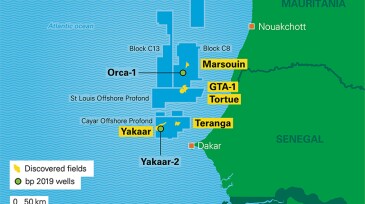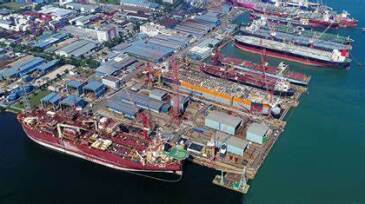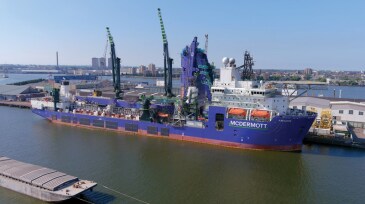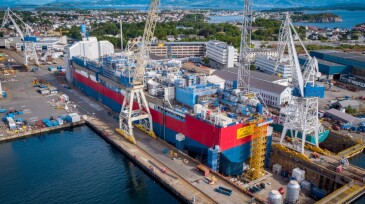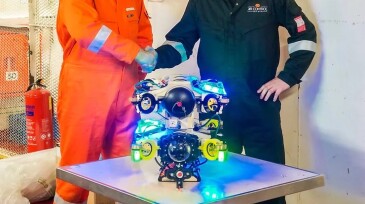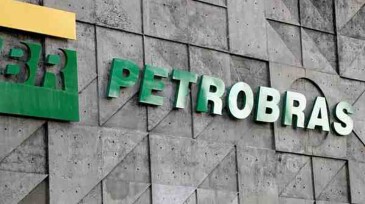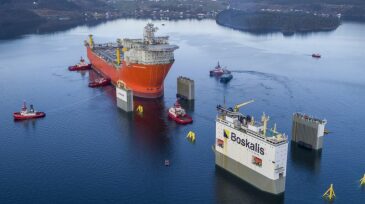FPSO
-
FPSO will feed gas from GTA development to nearby FLNG infrastructure.
-
The repeat order from Petrobras brings Keppel O&M’s net order book to about $8.2 billion.
-
The Angolan project is expected to add 30,000 B/D of oil production by year-end 2024.
-
Vår Energi cited increased work scope, continued impact of global supply chain challenges for spike in the estimated cost of the Norwegian Continental Shelf project.
-
Swiss robotics company Hydromea and Scottish remote technology firm ACE have agree to work together to use the world’s first underwater wireless remotely operated vehicle for inspection of offshore facilities.
-
The new-generation FPSO will minimize emissions with carbon capture and reinjection as well as energy-recovery capabilities.
-
The sale is subject to the closing of the acquisition by BW Energy of the 100% operating working interest in the Golfinho field from Petrobras.
-
Johan Castberg is the biggest oil field to ever be discovered in the Barents Sea, but a constellation of satellite fields are likely needed to keep the development afloat.
-
Early production from Ndungu expected at 20,000 B/D.
-
Contract represents MODEC’s first project for Eni Mexico.

